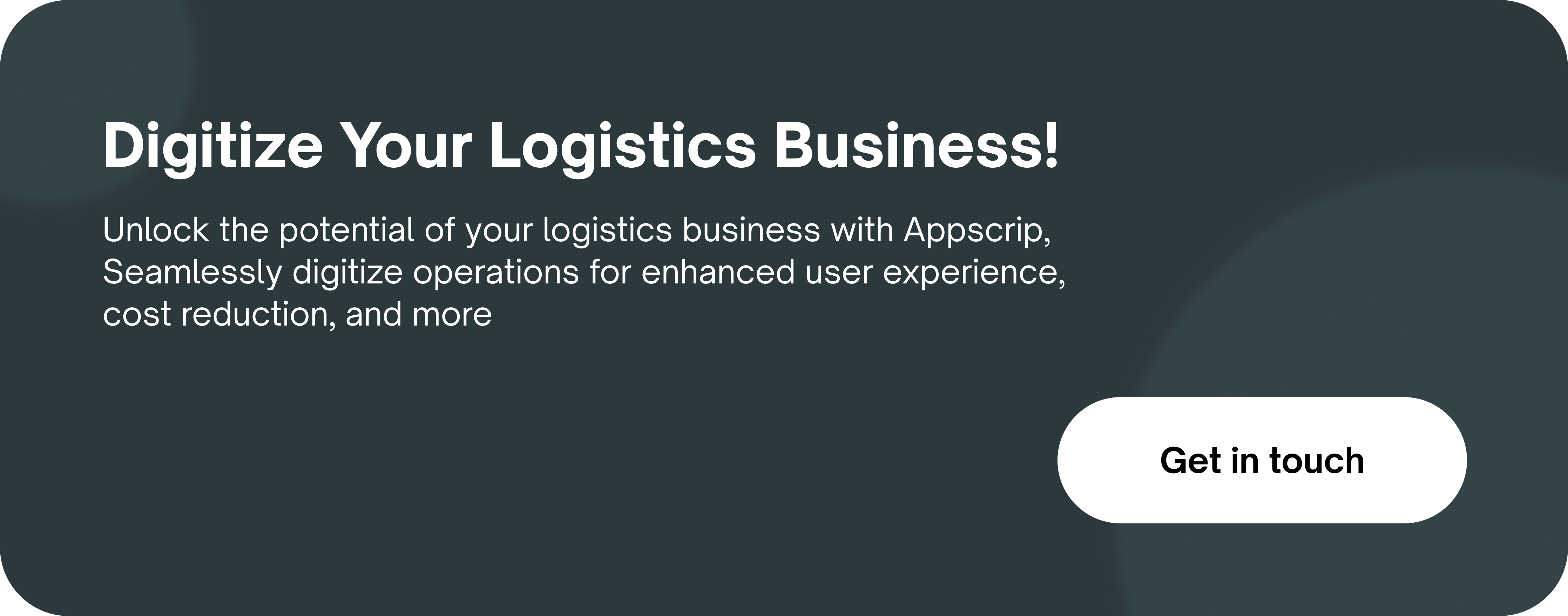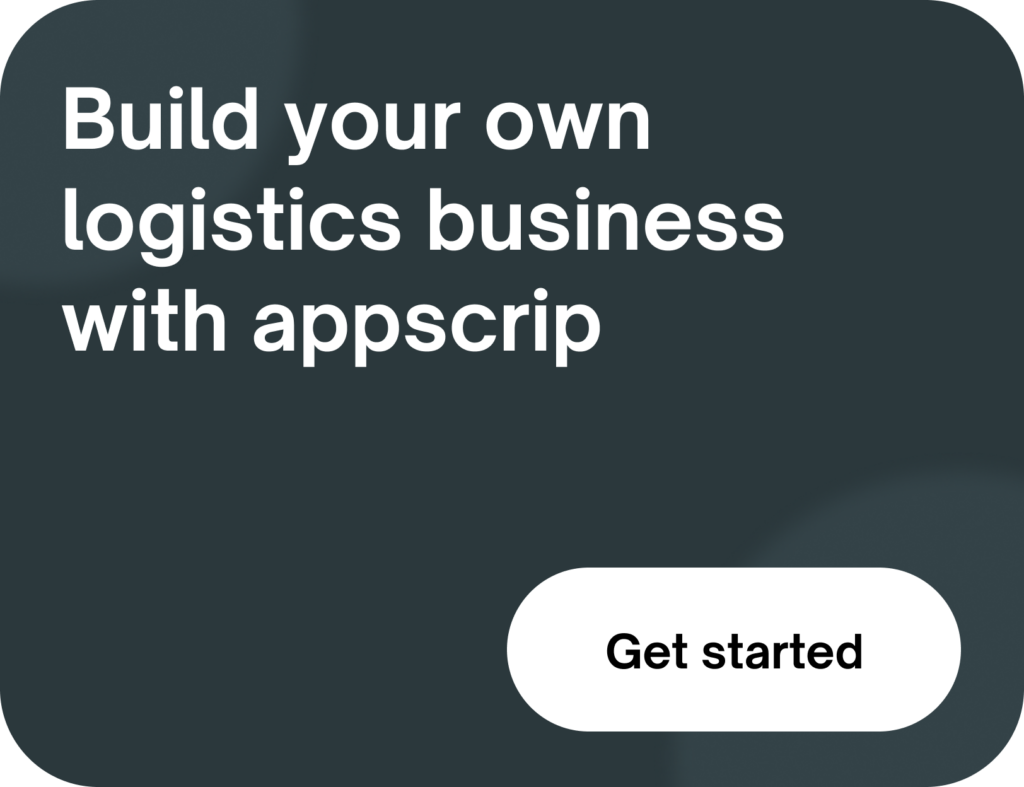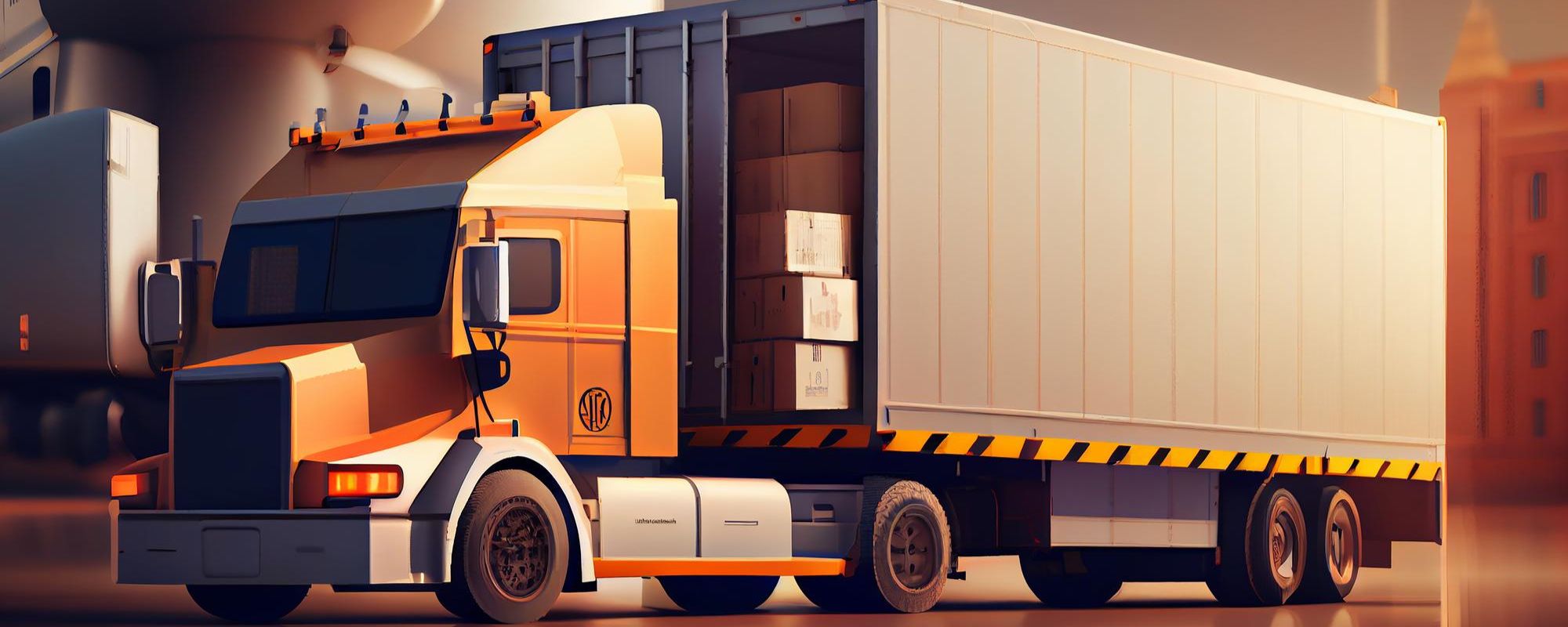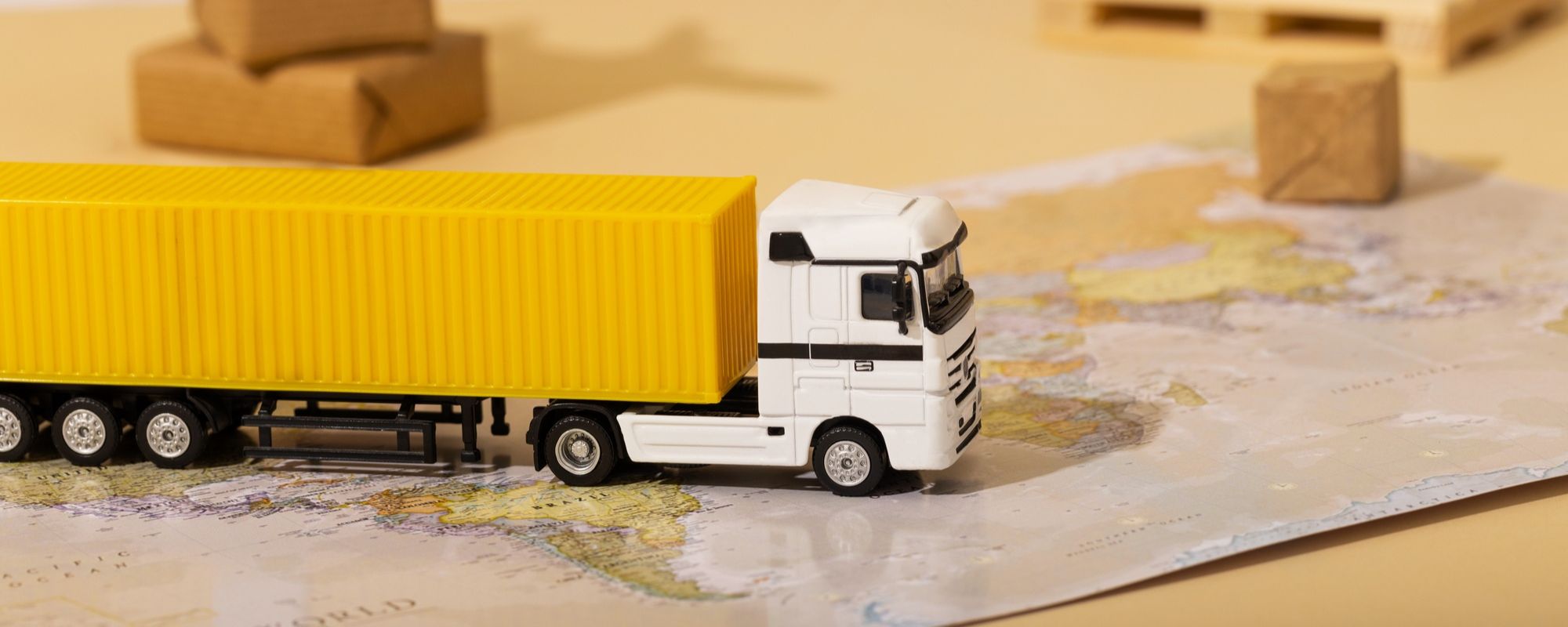Logistics apps have revolutionised the transportation and supply chain industry by streamlining operations and improving efficiency. These apps enable real-time tracking, route optimisation, and inventory management, leading to enhanced productivity and customer satisfaction.
Before embarking on developing a logistics app, it’s crucial to fathom the benefits of investing in one, the significance of such an app, and the factors that influence logistics app development cost.
The cost and timeline for developing a logistics app can vary significantly based on the complexity and features required. Here’s a rough estimation for each type of app:
| Type of app | Timeline | Cost to develop |
| Simple Logistics App | 2 to 4 months | $20,000 to $40,000 |
| Advanced Logistics App | 4 to 8 months | $40,000 to $80,000 |
| Highly Complex App | 8 months or more | $80,000 to $150,000 |
Essential Features (Simple Logistics App):
- User registration and login
- Shipment tracking with real-time updates
- Basic analytics and reporting
- Integration with mapping and navigation services
- In-app notifications
Essential Features – Advanced Logistics App (in addition to the above)
- Advanced analytics and data visualisation
- Multiple user roles and permissions (e.g., admin, drivers, clients)
- Route optimisation and planning
- Electronic Proof of Delivery (ePOD) capture
- Payment gateway integration
- API integration with third-party logistics services
Essential Features – Highly Complex App (in addition to the above)
- Predictive analytics and demand forecasting via AI
- Warehouse management system integration
- Inventory tracking and management
- Load balancing and resource optimisation
- Multi-language and multi-currency support
- Customisable reporting and dashboards
Factors Affecting Logistics App Development Cost
Logistics app development cost can vary due to several factors. Some of the key factors include app complexity, platform compatibility (iOS, Android, or both), app design, number of features, development time, and location of the development team.
App Features and Functionality
The success of a logistics app relies on its features and functionality such as real-time tracking, route optimisation, geolocation, shipment status updates, digital documentation, secure payment gateways, and communication channels between drivers and customers.
App Design and User Experience
The success of any mobile app largely depends on its design and user experience (UI/UX). A well-designed app with an intuitive and user-friendly interface will attract and retain users, ensuring customer satisfaction and loyalty.
The Role of UI/UX in a Logistics App
In a logistics app, an effective UI/UX is vital to streamline operations and simplify complex tasks, such as order tracking, route optimisation, and inventory management. A seamless and visually appealing user experience contributes to increased efficiency and reduces user errors.
Design Complexity and Its Effect on Development Cost
The complexity of the app’s design as in features, animations, and visual elements, directly impacts the development cost. More intricate designs require additional development time and expertise, leading to higher expenses.

Data Security and Compliance
Logistics apps deal with sensitive data, like customer information, order details, and delivery schedules. Ensuring robust data security and compliance with industry standards and regulations is imperative.
- Ensuring Data Security in a Logistics App
Implementing robust data encryption, secure authentication mechanisms, and regular security audits are essential to safeguarding data from unauthorised access and cyber threats.
- Compliance Requirements and Their Influence on Development Cost
Adhering to industry-specific regulations and compliance standards adds an extra layer of complexity to the logistics app development cost.
- Cost-Effective Strategies for Data Security Implementation
To optimise costs while ensuring data security, developers can adopt open-source security frameworks and leverage cloud-based security solutions, which offer cost-effective alternatives to building proprietary security systems.
Integration with Third-Party Services
Logistics apps often need to integrate with external services like GPS, payment gateways, and inventory management systems to provide a comprehensive solution to users.
- Importance of Seamless Integrations
Seamless integrations with third-party services enhance app functionality, offering users a unified experience. Efficient integrations streamline operations and improve overall app performance.
- Common Third-Party Integrations in Logistics Apps
Common third-party integrations include GPS tracking services, weather APIs for route planning, payment gateways, and logistics partners’ systems.
- Costs and Challenges of Integrating External Services
Integrating with third-party services can be challenging due to variations in APIs, data formats, and security protocols. Some services may come with subscription fees or usage charges, impacting overall cost.
Cost Considerations for Scaling the App
While developing a logistics app, keep scalability in mind to accommodate rise in user base and increase in demands.
- Anticipating Scaling Challenges
Identify potential bottlenecks and scalability challenges to prevent costly fixes later and address them during the development phase itself.
- Building Scalability into the App Architecture
Design the app with scalable architecture to handle increased loads without performance degradation. Use technologies like cloud computing and microservices.
Technology Stack Selection
Selecting the right technology stack is critical for the app’s performance, scalability, and security. The technology stack typically includes the programming language, framework, database, and server used for development.
Frontend:
- PLs: HTML, CSS, JavaScript (or TypeScript)
- Frameworks/Libraries: React, Angular, or Vue.js
Back-End:
- PLs: Node.js (JavaScript/TypeScript), Python, Ruby, Java, or Go
- Web Servers: Nginx or Apache
Web Services:
- RESTful APIs for communication between Frontend and Back-End.
Web Apps:
- Use web development technologies to create the web app for customers and delivery agents.
Frameworks:
- Express.js (for Node.js backend)
Server OS:
- Linux (Ubuntu, CentOS, etc.) or a cloud-based server like AWS EC2, Google Cloud VM, or Microsoft Azure VM.
Database:
- MySQL, PostgreSQL, or SQLite.
- NoSQL database like MongoDB or CouchDB.
GRPC:
- gRPC can be used for efficient communication between microservices if you choose a microservices architecture.
Analytics Engine:
- Integration with analytics tools like Google Analytics, Mixpanel, or custom analytics solutions.
Message Protocols:
- MQTT or AMQP for real-time communication in certain scenarios (e.g., tracking delivery status).
Hosting:
- AWS, Google Cloud Platform, or Microsoft Azure for scalability and flexibility.
Project Management:
- Tools like Jira, Trello, or Asana for effective project management.
Security:
- Implement HTTPS for secure communication.
- Authentication and authorisation using JSON Web Tokens (JWT) or OAuth.
- Protection against common web application security vulnerabilities (e.g., SQL injection, XSS, CSRF).
DevOps:
- Automation tools like Jenkins or CircleCI for continuous integration and deployment.
- Containerisation and orchestration – Docker and Kubernetes.
Version Control:
- Git for version control.
Scale:
- Design the architecture to be horizontally scalable to handle increasing user load.
Architecture:
- Choose between monolithic or microservices architecture based on the app’s complexity and scalability requirements.
Testing:
- Unit testing, integration testing, and end-to-end testing using tools like Jest, Mocha, Chai, or Selenium.
App Monitoring:
- Use monitoring tools like Prometheus, Grafana, or New Relic to track app performance and identify issues.
Mobile Applications:
- For iOS: Swift (native) or React Native (cross-platform)
- For Android: Java/Kotlin (native) or React Native (cross-platform)
Framework:
- React Native for cross-platform mobile development.
Conclusion
Developing a logistics mobile app involves various critical factors, each of which can significantly influence the overall cost. Prioritising user experience, ensuring data security and compliance, and efficiently integrating with third-party services are crucial steps toward building a successful and cost-effective logistics app.
By striking the right balance between features, security, and functionality, businesses can create a logistics app that not only meets their requirements but also delivers an exceptional user experience.
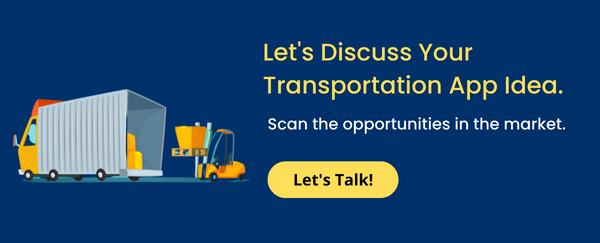
After an Engineering degree and a Diploma in Management I devoted 16+ years working in the automotive industry. My innate skill and extreme passion in writing, encouraged me to adopt it up as a profession. I have been writing for more than 10+ years in the software industry. The 400+ blogs I published are informative, exhaustive and interesting to a professional and causal reader.

